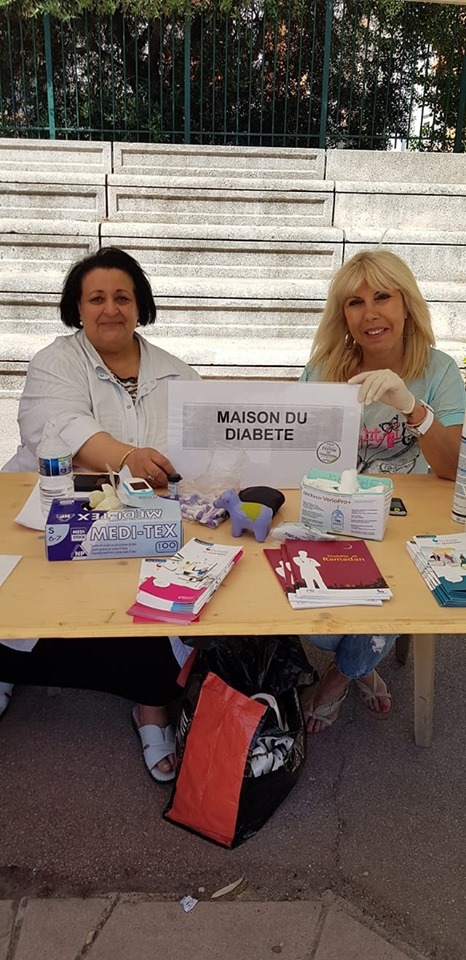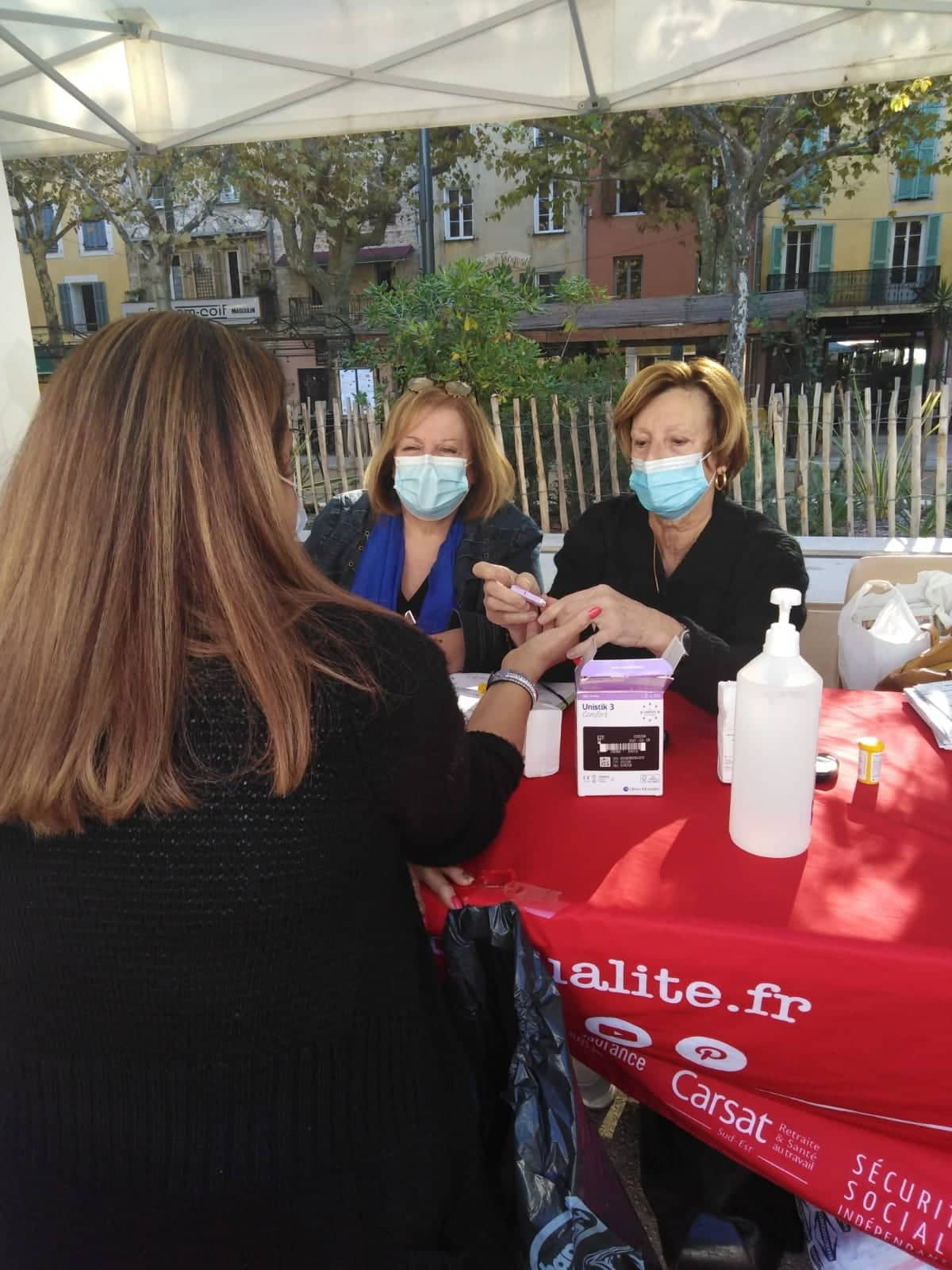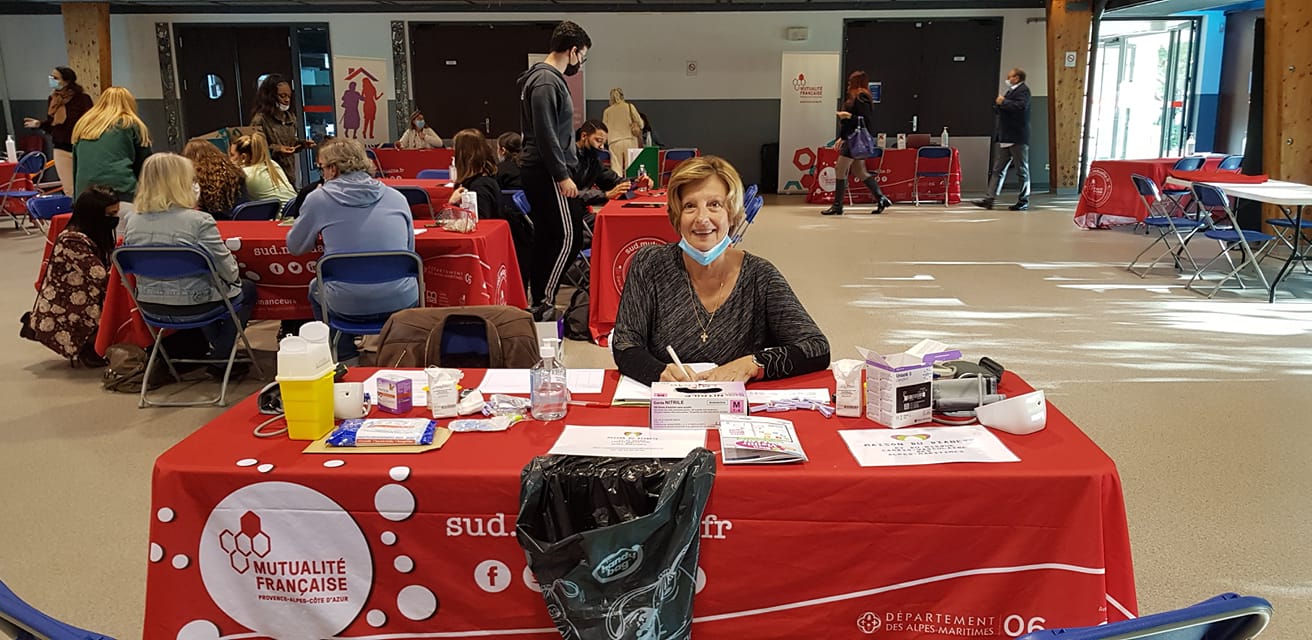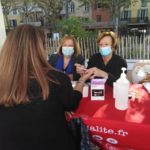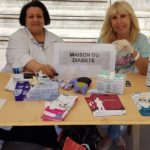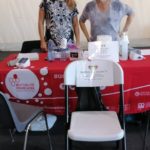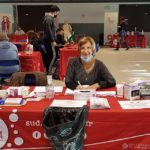The World Health Organization has declared November 14 as World Diabetes Day. On this occasion, the Nice Diabetes House has agreed to tell us more about this disease and their missions.
“This day is important, more or less depending on the country. It allows us to raise awareness among people, once a year. It is globally known. Countries met in St. Vincent, a small city in Aosta, for a convention in 1989. They were asked for governments to do everything possible to reduce eye complications by 50%, kidney complications by 30%. Very few have implemented it. It’s always a matter of money.”
What is the Diabetes House?
The Diabetes House in Nice does screenings, prevention, education, and informs about type 2 diabetes primarily. It is in partnership with freelance nurses. A sophrologist is involved because stress contributes to increasing blood sugar levels. A sports coach offers sports sessions.
Volunteers organize theme days, particularly on diet or treatments. On a dietary day, the dietitian brings together diabetics and establishes a menu that they cook to learn balanced eating.
Where to find it
It holds a permanence at the house of associations on boulevard St Roch, every Thursday afternoon from 2 pm to 5 pm. It is also in Ariane with neighborhood associations, and at Carros via la Passerelle.
Their actions
Retired nurses do prevention with workshops, information, therapeutic education, and diet and wellness workshops. “We do workshops in sophrology, physical activity, diet, and educational cooking. Prevention is difficult to implement because it does not interest. The government included it in the legislation in 2019.”
They help diabetics. “When patients leave the hospital, they are a bit helpless. They do not know all the existing associations. There are many things they don’t know, so we help them. We don’t sell anything, everything is free.”
They also do consultation. They inform patients about physical activity and diet.
Many screenings are organized. A quick test allows knowing the blood sugar level. A questionnaire estimates the risk of developing type 2 diabetes based on diet, physical activity, family history, age, weight, and possible hypertension. One should then see a doctor for a diagnosis if blood sugar is too high. “The laboratory blood test remains the reference, it’s essential.”
Diabetes Awareness
“About fifteen years ago, 3% of unaware diabetics were detected. Today, it’s down to 0.3%. They all know it. They take good care of themselves in the department. 50% of type 2 diabetics are over 65 years old.”
There are still prejudices about this disease. “People do not say they are sick. They feel like they cannot do things like everyone else. Yet they can eat everything, but in a balanced manner. It is necessary to manage quantities, avoid fats and sugars, including hidden ones. We host a Christmas meal, and the Galette des Rois, to show they can eat diversely, but with moderation. The dietitians explain how to have the same caloric intake without increasing the sugar level. They create menus.
Older people isolate themselves because they say they have a diet. They no longer eat with their family or attend weddings. We want to prevent that. Families mean well, so they prohibit certain foods. Diabetics get fed up and prefer to isolate themselves.”
When to worry?
Several factors need to be considered: age, overweight, heredity, and inactivity. “After 40 years, you need to monitor and have a blood test once a year. If someone has a parent with type 2 diabetes, they have a 40% chance of also developing it. If both parents do, the risk goes up to 70%. That’s why prevention is needed.”
“If fasting blood sugar exceeds 1.10g, the doctor must make recommendations to the patient to prevent the rate from rising to 1.26g. It would then be irreversible. Between the two, prevention can avoid or delay the onset of diabetes.” Physical activity and dietary balance are the key words.
Is diabetes on the rise and why?
“Of course. It is due to sedentary lifestyle, junk food, too much fat and sugar, and ultra-processed foods.
Food industry is very strong in circumventing legislation. When a product is labeled sugar-free, it means without sucrose. There are other sugars. There is always sugar. It is not honest on their part. Sugar is a flavor enhancer, making one feel hungry and turning into triglycerides. People accumulate calories. It is also dangerous from a cardiovascular perspective. The food industry has many mysteries, is awful.
The nutriscore is a very good thing at its core. Many do not know how to read labels, do not know nutritional balances. I am angry because there are fatty foods, rated A, although they should not be. It is up to the good will of the food industry. It has an obligation, but it shows the score it wants.
Children are particularly influenced by advertising on television. Around school leaving time, there are many ads for biscuits and candies. It’s very selling. One must raise awareness. You can’t fight money.”
We don’t always beware of fruit juices for example, and yet “there is as much sugar as in a glass of soda, seven cubes for an industrial juice. A glass of freshly squeezed juice contains three.”
A fairly well-known but not enough considered disease
“It’s a public health problem, even if it’s not yet recognized as such. The UN recognized it as a global epidemic in 2007. Diabetes is called a non-communicable disease.
Diabetics are not considered enough at all. They cannot do all jobs: airline pilot, firefighter, truck driver, and military jobs are prohibited. They must show their diabetes is well-balanced. There is discrimination. The French Diabetics Association is working on this. It provides research grants.
Research is advancing a lot, with the Pasteur Institute. Patient care has significantly improved.”
The environment plays a role
“In the Nice hinterland, residents have much more activities than in the city center. They have gardens. Municipalities take care of elderly people. There are hikes, workshops, many activities. Neighbors help each other.”
The volunteers
The nurses have known each other for 30 years. They worked together in the hospital, in the specialized service, and loved it. They sacrifice their retirement to manage the association. They are sometimes paid by Mutualité Française.
Funding
The association is looking for donors. It applied for a grant from the city but has never received any so far. It benefits only from a therapeutic education grant from the ARS, of 22,000 € per year.
The equipment is provided by laboratories.

